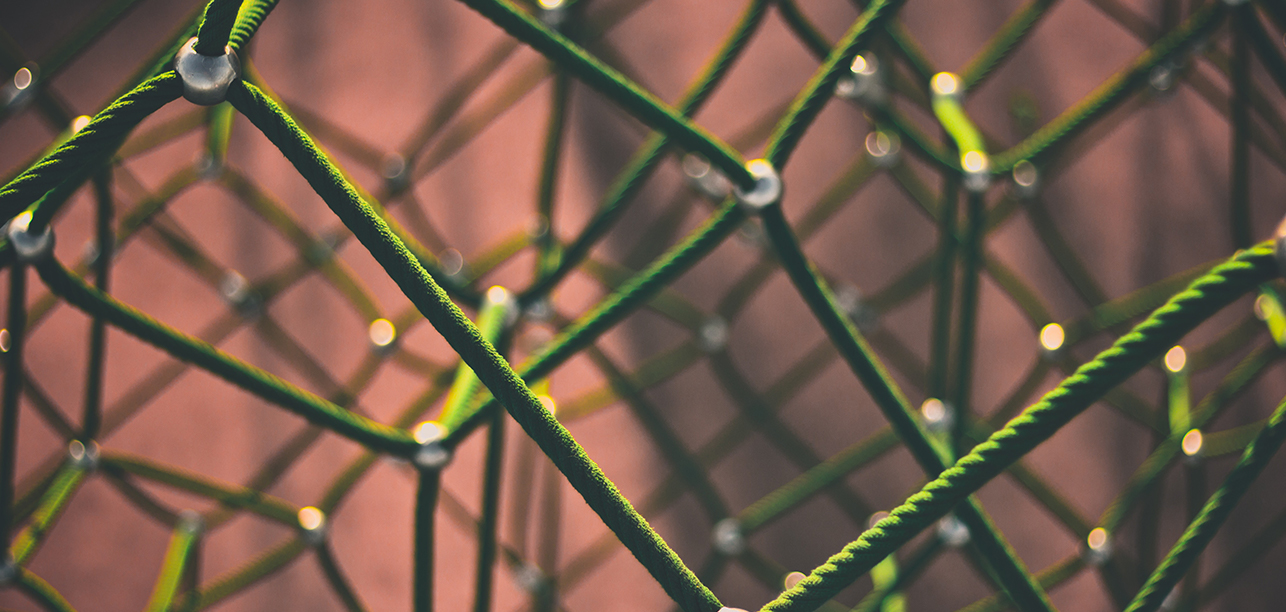
Data center water usage and conservation is a critical aspect of green building design and environmental sustainability. Most data centers use large amounts of water for cooling purposes in order to maintain an ideal operating temperature for servers, hardware and equipment. But how do water conservation efforts affect the cost and operational efficiencies of a data center?
While 70% of the earth’s surface is covered in water, only 2.5 percent is fresh water, most of which is currently ice. Historically, the demand for fresh water has increased with population growth, and the average price has risen around 10-12 percent per year since 1995. In contrast, the price of gold has increased only 6.8 percent and real estate 9.4 percent during this same period.
So how much water do data centers use? While the average U.S. household uses 254 gallons per day, a 15 MW data center consumes up to 360,000 gallons of water per day. As the cost of water continues to rise with demand, the issue becomes one of both economics and sustainability.
How are Data Centers Addressing the Problem?
In order to control costs in the long term, data center operators are finding creative ways to manage water usage. Options include using less freshwater and finding alternative water sources for cooling systems.
- Reduced water usage—Designing cooling systems with better water management, resulting in less water use.
- Recycled water—Developing systems that run on recycled or undrinkable water (i.e., greywater from sinks, showers, tubs and washing machines). INAP’s Santa Clara facility was the first commercial data center in California to use reclaimed water to help cool the building.
- No water—In some regions, air economizers that do not require water can be used year round.
Challenges
While using less freshwater provides long-term cost and environmental benefits, alternative solutions also create new challenges. The use of recycled water can have negative effects on the materials used in cooling systems, such as mild steel, galvanized iron, stainless steel, copper alloys and plastic. Water hardness (measure of combined calcium and magnesium concentrations), alkalinity, total suspended solids (TSS – e.g. sand and fine clay), ammonia and chloride can cause corrosion, scale deposits and biofilm growth.
Data center operators must proactively identify susceptible components and determine a proper water treatment system. Implementing a water quality monitoring system can provide advanced warning for operational issues caused by water quality parameters.
With the rising cost and demand for freshwater, conservation measures are essential to the long term operations of a data center. Internap is committed to achieving the highest levels of efficiency and sustainability across our data center footprint, with a mix of LEED, Green Globes and ENERGY STAR
certifications at the following facilities:
- FLAGSHIP DALLAS DATA CENTER
1221 Coit Road
Plano, TX 75075
- FLAGSHIP LOS ANGELES DATA CENTER
3690 Redondo Beach Avenue
Redondo Beach, CA 90278
- FLAGSHIP DOWNTOWN ATLANTA DATA CENTER
250 Williams Street NW
Atlanta, GA 30303
- FLAGSHIP NEW JERSEY DATA CENTER
1 Enterprise Avenue N
Secaucus, NJ 07094
- FLAGSHIP SILICON VALLEY DATA CENTER
2151 Mission College Blvd
Santa Clara, CA 95054
To learn more, download the ebook, Choosing a Green Colocation Provider.


